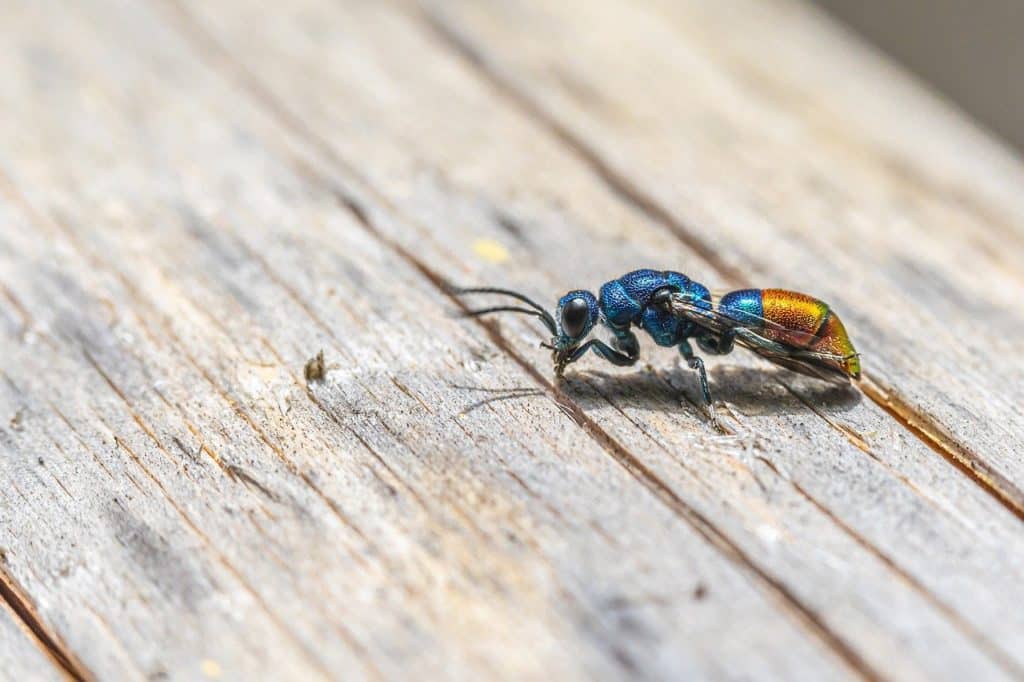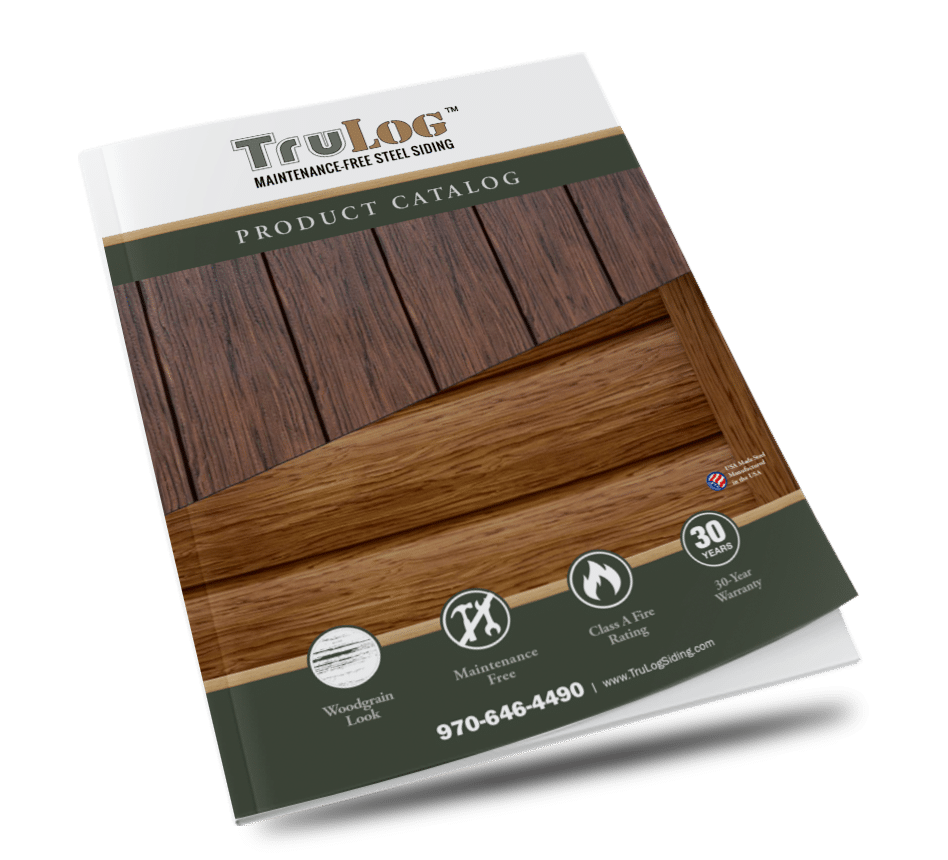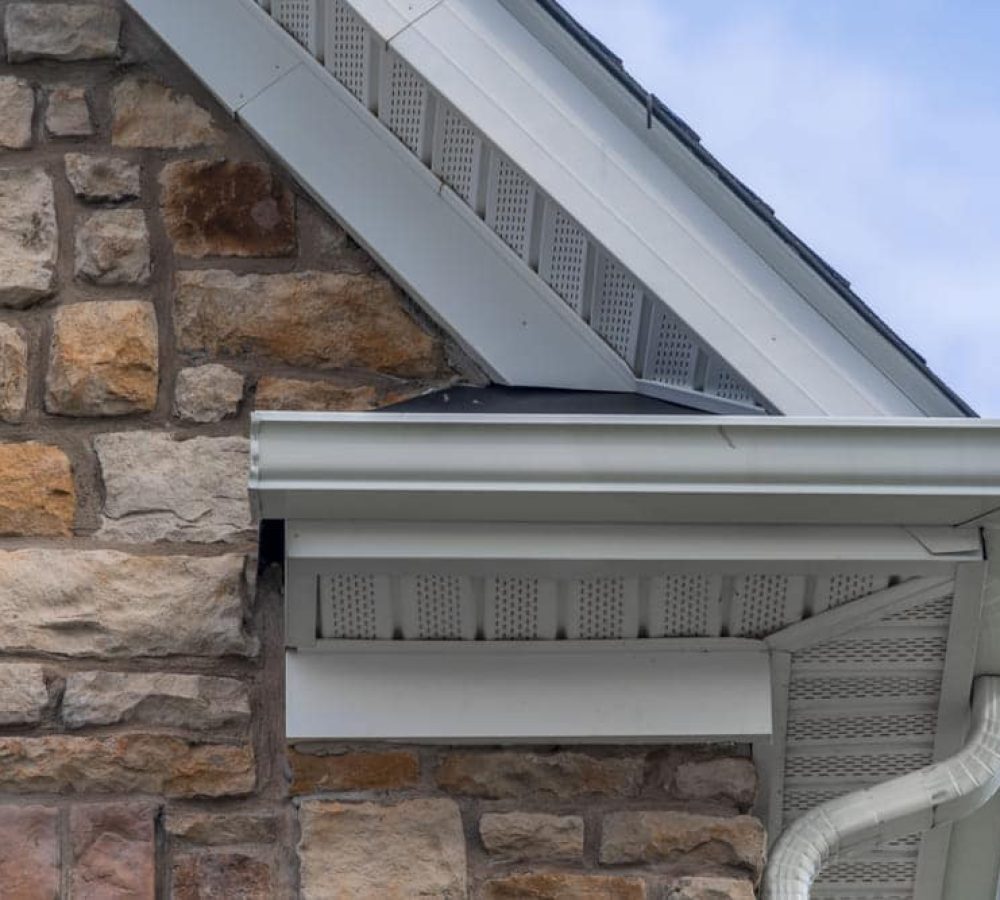Wasps are a common nuisance in the fall and early spring when they actively seek out warm places to nest. They can be an especially aggravating problem if their nests appear on your house’s siding. However, wasps aren’t necessarily bad; they just love nesting in the wood siding as much as possible.
But we understand that this doesn’t give your home a good look, plus there’s a chance that this could potentially impact your house siding. In order to get rid of wasps from your home, you have to understand why they’re there first. Read on for handy tips on how to remove wasp hives from your house’s siding.
Signs of a Wasps’ Nest
If you want to remove a wasp nest in your house siding, you first need to determine what type of wasp is causing the problem. There are many different types of wasps, including yellow jackets, paper wasps, and hornets. Identifying the type of wasp that you are dealing with will help you decide how dangerous the removal process will be.
Plus, while the removal process may be similar, it may sometimes be different. If you notice wasps hovering around your house or if a wasp is tucking into the wood siding, there’s likely a nest nearby. Signs of a wasps’ nest include:
– A circular hole about the size of a quarter in your home’s exterior wall
– A ropy mass of blackish-brown material coming from the hole in your home’s exterior wall
– A dark brown/bronze color on your house’s siding that resembles sawdust
– The wasps stinging and fly away when they sense or spot human contact
Mostly, it’s very easy to tell if there is a wasp nest, as they have a particular appearance. Wasps’ nests aren’t often hidden, so it’s easy to find them, especially if they’re tucked into your house siding, a very common area where wasps grow their nest.
Protecting Yourself During Removal
Wasps are very aggressive insects and are especially territorial when protecting their nests. They use pheromones to mark their visitors, which signals more wasps to sting, so it’s important to take safety precautions to avoid being stung. This includes wearing protective clothing and covering yourself with a veil if you can.
How to Remove Wasps From Siding
Wasps are known for being one of the most aggressive insects out there. They’re very territorial, and this is especially apparent when it comes to their home. You do not want to let this wasp problem grow because the infestation can only get worse, especially when it’s your siding. So, here are some tips for removing this wasp problem in the safest way possible.
Diatomaceous earth
If you can’t get rid of wasps in a timely manner, try natural remedies. You can start by placing diatomaceous earth (DE) around the perimeter of your home. DE is a sedimentary rock that will dehydrate wasps, making it easier for them to die. It’s known to work; just make sure to proceed with caution if you’re planning to place with close to the nest.
Using peppermint oil
Another natural remedy that you could use to protect your house siding from wasps’ nests. Peppermint oil is a great way to repel wasps. It is a natural substance that helps keep wasps at bay and is not harmful to humans or pets. You may have a chance at getting rid of wasps with a simple spray. You’ll need peppermint oil, dish soap, water, and a spray bottle to do this.
Mix the ingredients together and then spray the area. Remember to wear gloves and full sleeves while you’re applying the solution. You’ll need protection, or you may risk getting a swarm of wasps.
Anti-wasp dust
Known for being extremely effective, this can be great for those hard-to-reach areas in your siding. Plus, this may be a good idea if sprays are just not working. Most anti-wasp dust lasts for about eight months. Just remember to purchase a dust dispenser, which is needed to spread the dust.
Anti-wasp sprays
Known for being very intuitive, these are excellent for killing wasps but also for preventing insects from returning to the sprayed area. Insecticide aerosols are also easier to use compared to other methods of removal.
Traps
When locating a wasp nest, choosing the most effective way to kill the insects is important. Using a spray treatment or an insecticide is one of the best options out there. However, what if you’re not entirely sure where the wasps’ nest is? It may be in the house siding, but if you’re unable to locate it properly, this could lead to some issues. But fortunately, there is a solution; you could even consider traps, there are plenty of insect-based traps, and some are made specifically for wasps too.
These can be purchased at most big box stores, but you can also find them online on Amazon. Many of these traps feature a lure that attracts the wasps, and then they’re stuck. On another positive note, these will also trap other insects too, such as carpenter bees and flies. Just be careful with these traps, as birds can sometimes make their way into them.
Get Professional Help

Wasp nests typically live on the outside of your house’s siding, so there’s not much you can do to prevent them from coming in. You can protect yourself from stings if you know the basics of removing wasps from your house. But if you don’t have time or the right gear, or if you’ve tried everything, then you may be better off calling in the professionals. When hiring an exterminator, you can count on them to remove the bugs and have them keep insects away from your siding for good, thanks to their chemical solution.
Overall, dealing with any infestation, regardless of the insect, can be a major headache. That’s why it’s so important to understand that these need to be taken care of as soon as possible. Whether it be in your gutters, bushes, or house siding, ensure this is taken care of. Hopefully, this article will effectively guide you through the process of removing those pesky wasps!





